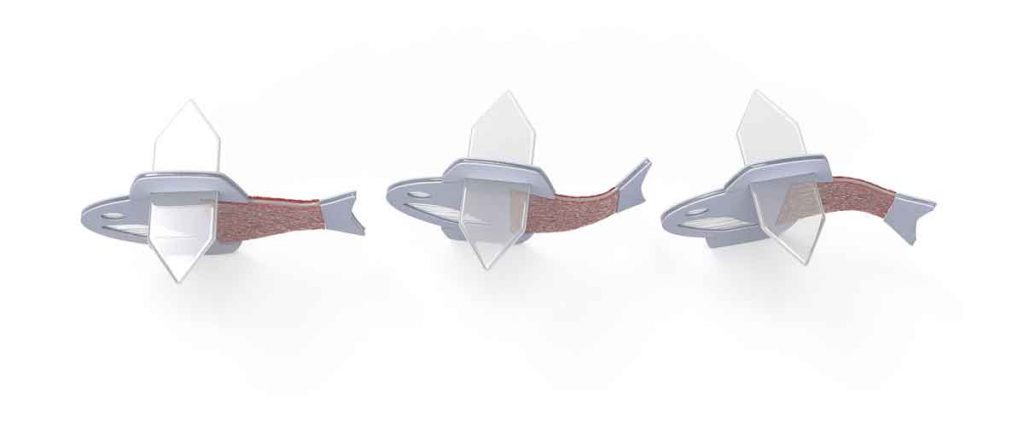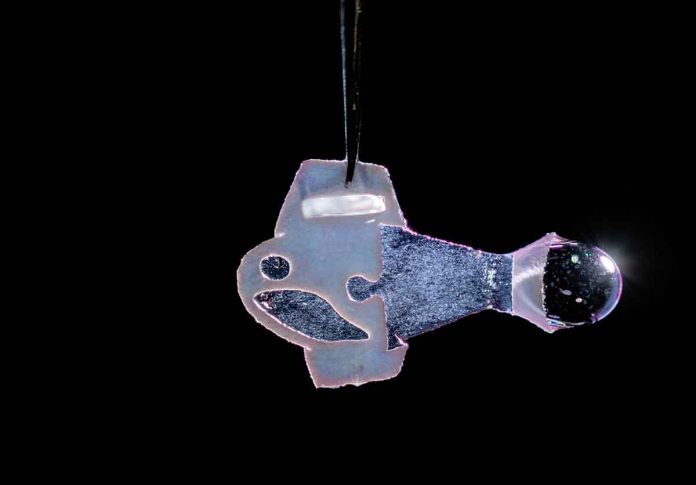Harvard University researchers have developed the first fully autonomous biohybrid fish from human stem-cell derived cardiac muscle cells. The artificial fish recreates the muscle contractions of a pumping heart to swim. This brought researchers one step closer to develop a more complex artificial muscular pump.
It has also provided them a platform to study heart disease like arrhythmia. The study has been published in science. Scientists used cardiac muscle cells from rats to build a jellyfish-like biohybrid pump. Scientists developed artificial stingray from rat heart muscle cells.

Scientists built the first autonomous biohybrid device made from human stem-cell derived cardiomyocytes. It was inspired by the shape and swimming motion of a zebrafish. This biohybrid zebrafish has two layers of muscle cells. One on each side of the tail fin. One side contracts and other stretches. The stretch triggers the opening of a mechanosensitive protein channel. It causes a contraction and triggers a stretch and so on and so forth. It leads to a closed loop system. It can propel the fish for more than 100 days.
Scientists engineered an autonomous pacing node. It is like a pacemaker. It controls the frequency and rhythm of these spontaneous contractions. The autonomous pacing node enabled the generation of continuous movements.
This biohybrid fish improves with age. Its muscle contraction amplitude. Then the biohybrid fish reached speeds and swimming efficacy similar to zebrafish in the wild. Next scientists will build even more complex biohybrid devices from human heart cells.

